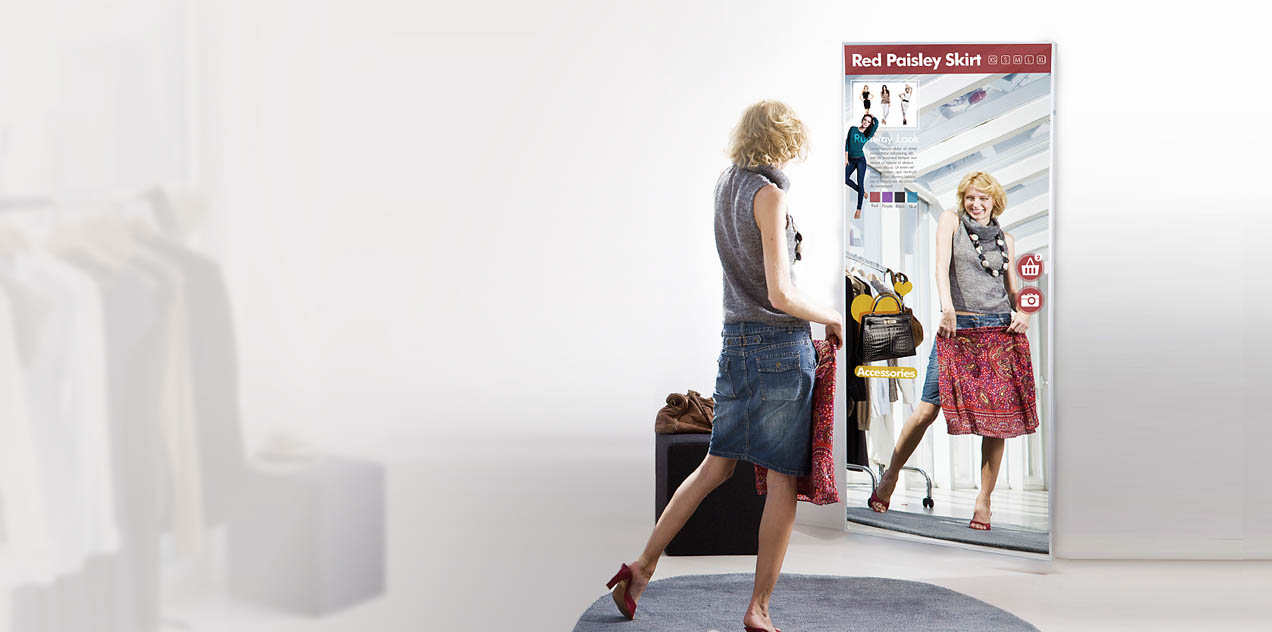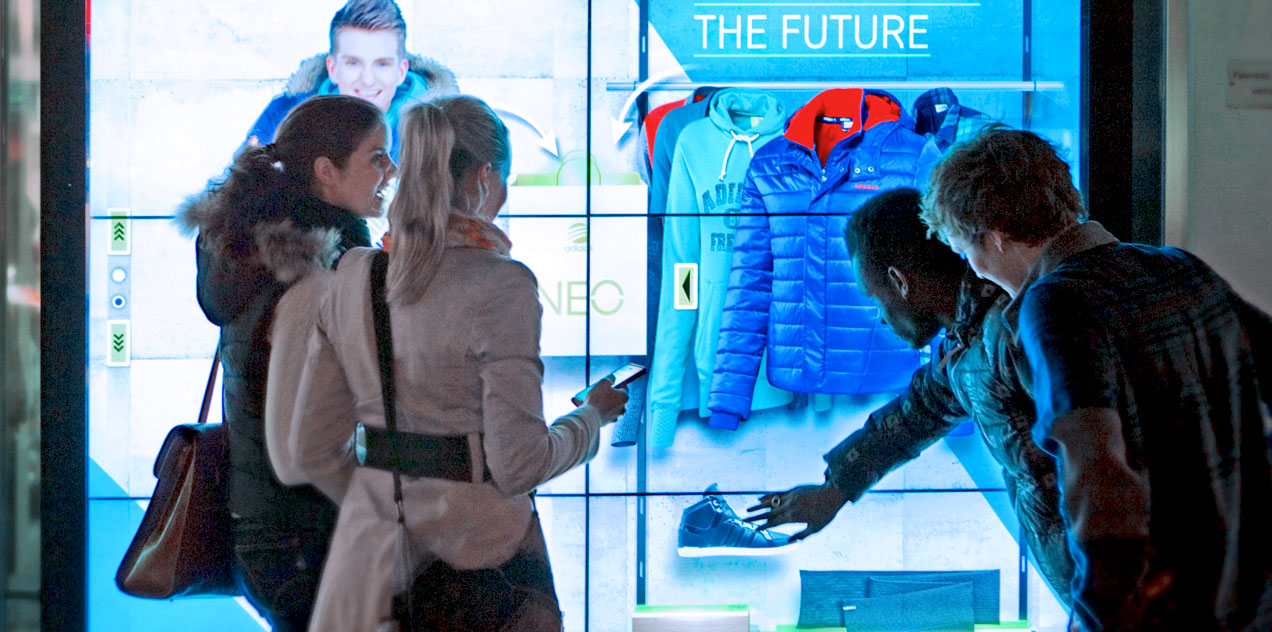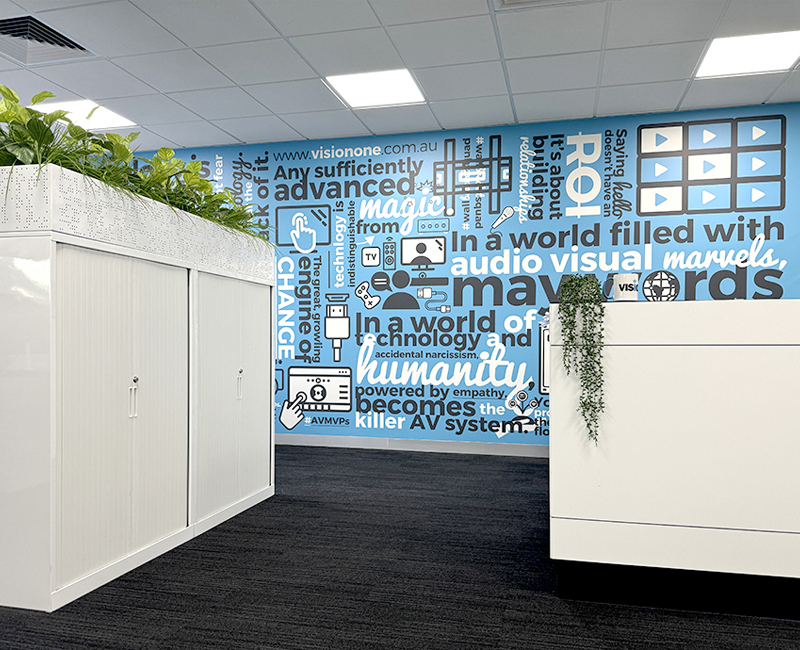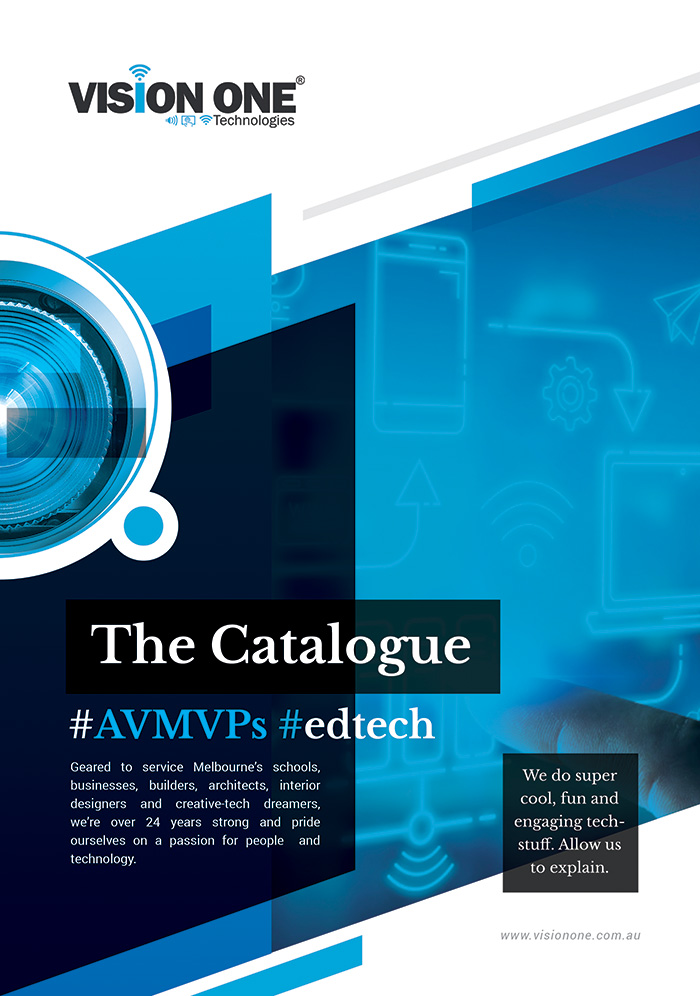Real Mirror-like Interactive Signage
Elevate your traditional mirror into a futuristic, appealing display that brings a ‘wow’ factor to...
HTML5 Ushers in Big Advances in Digital Signage Interactivity
The evolution of digital signage followed quite a linear path to where we are today....











